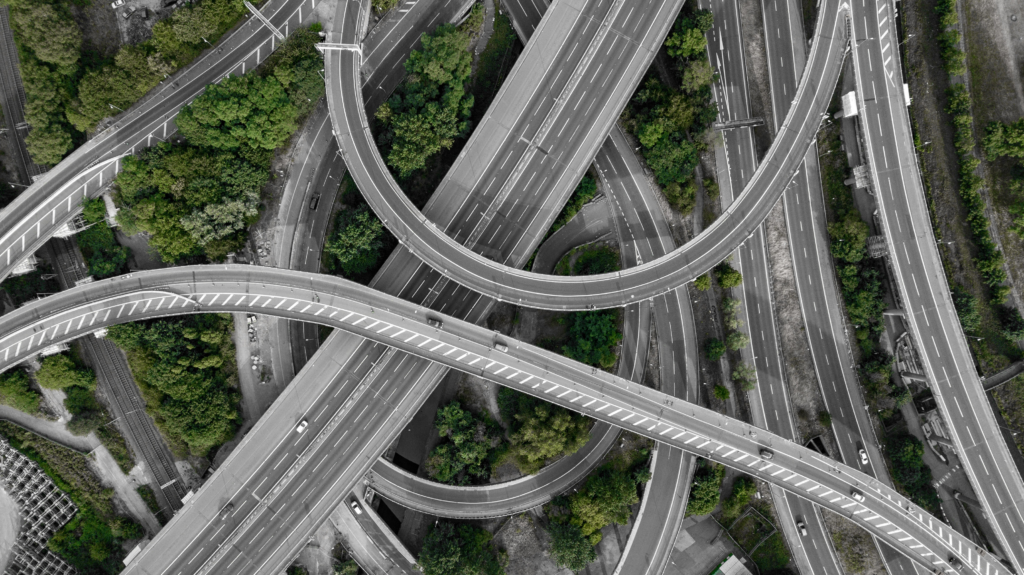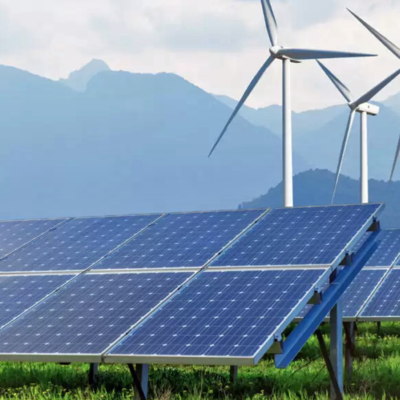Public safety infrastructure modernization is more than just an upgrade—it’s a necessity. With increasing emergencies, outdated systems, and evolving technology, communities must modernize how they protect people. This article explores why modernization matters, key trends shaping the future, and how communities can take practical steps to build safer, smarter infrastructure.
Why Modernization Is Urgent
Across many countries, the systems responsible for public safety are aging. Emergency call centers, transportation systems, disaster response tools, and communication networks often rely on outdated technology. This leads to slower response times, miscommunication, and even fatal consequences.
For example, in recent years, several flight disruptions occurred due to outdated air traffic control systems. Emergency response teams often face delays due to communication breakdowns between departments. And in disaster-prone regions, weak infrastructure has led to greater loss of life during storms, fires, and floods.
At the same time, threats are becoming more complex. Climate change is increasing the frequency and intensity of natural disasters. Urban populations are growing, which places more pressure on public safety systems. Without modernization, communities remain vulnerable.
Key Trends in Public Safety Infrastructure Modernization
Expanding Broadband and Connectivity
Emergency responders rely heavily on real-time information, from GPS tracking to live video feeds. Expanding broadband allows faster, more reliable data sharing, even in remote areas or moving vehicles. This helps responders make quicker and better-informed decisions.
Use of Artificial Intelligence (AI)
AI can support public safety by identifying patterns, predicting risks, and automating routine tasks. It can assist dispatch centers by triaging calls, flagging emergencies, and detecting false reports. AI also powers predictive tools that help forecast natural disasters and infrastructure failures.
Cloud-Based Systems and Interoperability
Many public safety departments operate in silos, meaning they don’t share data efficiently. Cloud-based systems allow different agencies—such as police, fire, medical, and transportation—to operate on a shared platform. This reduces delays and supports faster, coordinated responses during emergencies.
Building Real-Time Operations Centers
Cities are now investing in centralized control rooms where multiple data streams are monitored. These include 911 calls, sensor alerts, traffic feeds, drone footage, and more. Real-time operations centers help teams respond to incidents as they happen, reducing response time and increasing public safety.
Increasing Cybersecurity in Public Infrastructure
As more systems go digital, the risk of cyberattacks increases. Hackers can target emergency networks, traffic systems, or power grids. To prevent this, public safety infrastructure must be built with strong cybersecurity protections, such as encrypted communications, secure access, and constant monitoring.
Designing for Climate Resilience
Climate-related events like heatwaves, floods, and wildfires are becoming more common. Infrastructure must be designed to withstand extreme weather and adapt to future climate scenarios. Some cities are building transport systems and utility networks that can survive for decades, even as the climate changes.
Enhancing Transparency and Public Trust
Modern public safety also means keeping the public informed and involved. Many cities are now using public dashboards, mobile apps, and digital reporting tools to give citizens access to real-time updates. Transparency builds trust and helps people participate in their own safety.

Real-World Examples
Air Traffic System Upgrades
In the United States, the Federal Aviation Administration (FAA) faced serious issues with outdated air traffic control systems. Delays, communication failures, and a lack of automation created safety risks. In response, the agency began a major modernization plan, aiming to replace legacy equipment and adopt modern technology to improve efficiency and safety.
Smart Infrastructure for Climate Resilience
Some cities are designing new infrastructure to last 100 years or more. For example, transportation systems are being built with strong materials, elevated tracks, and smart drainage to withstand rising sea levels and extreme heat. Engineers use digital simulations to test systems against future climate conditions before construction even begins.
AI in Emergency Management
Artificial intelligence is already in use in emergency response. Some cities use AI to predict where crimes might happen or where traffic accidents are more likely. This allows public safety teams to take preventive measures rather than just reacting after an incident occurs.
How Communities Can Start Modernizing
Begin with Pilot Projects
Communities don’t need to overhaul everything at once. Start with small, focused projects. For example, try installing AI-based flood detection sensors or upgrading dispatch systems in one neighborhood. Pilot programs help test ideas before scaling them city-wide.
Invest in Connectivity and Digital Tools
A solid communication backbone is critical. Investing in broadband, Wi-Fi for emergency vehicles, and mobile tools for responders ensures that data flows freely and securely. It also allows emergency workers to access maps, videos, and medical records on the go.
Move to the Cloud
Shifting systems to the cloud provides greater flexibility, security, and cost-efficiency. Cloud systems are easier to update, allow access from anywhere, and can be scaled as needed. In emergencies, cloud-based systems are often more reliable than on-premises systems.
Improve Cybersecurity Measures
Any digital system needs strong cybersecurity. Communities should train staff, hire cybersecurity professionals, and use encryption to protect public safety networks. Regular audits and simulated attacks can help identify and fix weak spots.
Design with the Future in Mind
Infrastructure should not only meet today’s needs but also tomorrow’s. Planners should consider population growth, climate change, and future technologies. Using long-term planning tools, digital models, and scenario testing ensures infrastructure will remain useful for decades.
Involve the Public
Safety isn’t only the job of professionals. Communities that involve their residents—through reporting tools, safety education, and transparent communication—are often more resilient. Citizens who are informed and involved can report issues early and act quickly during crises.
The Road Ahead
Modernizing public safety infrastructure is an ongoing process. As technology evolves, so do the tools available to keep people safe. The key is not just adopting the newest gadgets, but creating systems that are reliable, efficient, and adaptable.
In the near future, we may see smart traffic lights that respond to accidents instantly, drones that deliver medical supplies during emergencies, and real-time alerts sent directly to smartphones during floods or fires. These changes will require investment, planning, and public support—but they will save lives.
Conclusion
Public safety infrastructure modernization is not just about technology—it’s about people. Modern systems help protect lives, respond to emergencies faster, and create safer, more resilient communities. By adopting digital tools, designing for the future, and involving citizens, we can build public safety systems that are ready for whatever comes next.
Do Follow USA Glory On Instagram
Read Next – Longevity Firms in Montana Fuel Biohacking Innovation Boom






